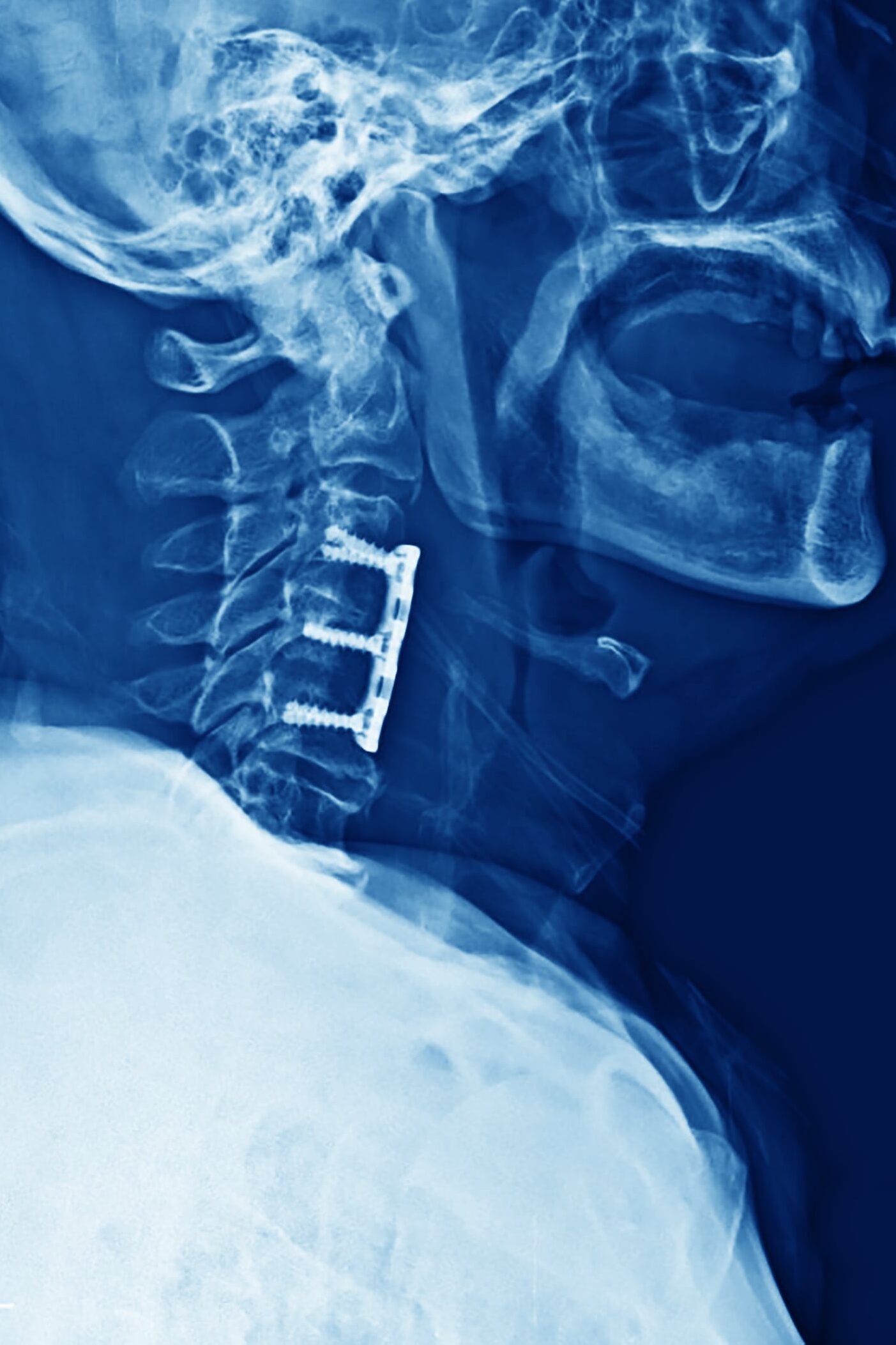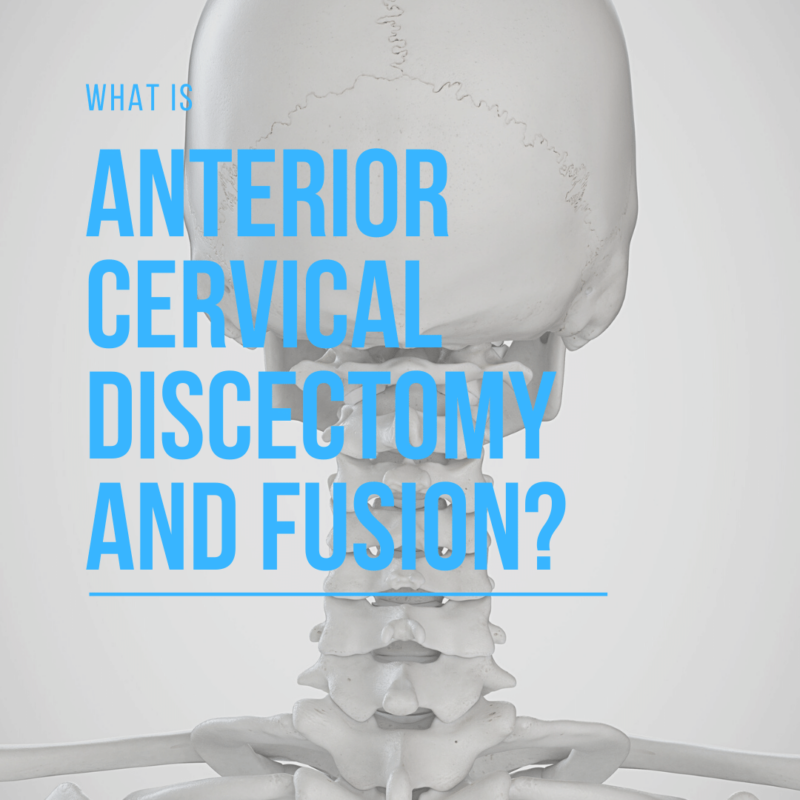If you or someone you know is suffering from a cervical disc herniation, then you may be considering Anterior Cervical Discectomy and Fusion (ACDF). This procedure is used to remove the herniated disc in the neck and fuse the two vertebrae together. It is a common surgery that is performed to relieve pain and restore function. In this blog post, we will discuss everything you need to know about ACDF: what it is, how it is performed, why it is performed, what to expect during surgery and recovery, and potential risks and complications.

Anterior Cervical Discectomy and Fusion (ACDF) is a minimally invasive surgical procedure used to treat cervical disc herniation. The surgery involves removing the herniated disc and fusing the two vertebrae together to maintain spinal stability and strength. ACDF is a common surgery that is performed to relieve pain and restore function. Since removing a disc is a way of surgically decompressing the spine, ACDF is sometimes also known as anterior cervical decompression.
ACDF is most commonly used to treat herniated discs in the cervical region of the spine. However, this approach can also be used to treat degenerative disc disease, bone spurs caused by arthritis, or spinal stenosis when these conditions affect the cervical spine.
The surgery is performed through a small incision in the front of the neck. There are two main parts to this surgery: the discectomy and the fusion. During the discectomy, a tube is inserted into the incision and a lighted camera is used to visualize the disc and vertebrae. The herniated disc is then removed.
Once the herniated disc has been removed, then the second part of the surgery takes place. During this part, the two vertebrae above and below the removed disc are fused together using a bone graft held in place by metal rods, screws, and/or cages. The incision is then closed with sutures.
ACDF surgery is performed to relieve pain and restore function. The surgery can provide immediate relief from pain and other symptoms caused by cervical disc herniation. Using an anterior approach can also help to prevent further damage to the spine and nerves, as well as the muscles, which means there is less postoperative pain.
After having ACDF surgery, most patients are discharged on the same day. However, some cases may require a 1-2 day stay in the hospital. During this time, comfort and mobility are two priorities that are essential before being discharged to begin the long-term recovery at home.
Recovery from ACDF surgery typically takes four to six weeks. During this time, it is important to rest and avoid strenuous activity. You may also need to wear a neck brace. Pain and swelling are common after surgery and can be managed with pain medication. Physical therapy may also be recommended to help you regain strength and range of motion in your neck.
ACDF surgery is generally safe and effective. However, as with any surgery, there are potential risks and complications. These include infection, bleeding, nerve damage, and problems with the fusion. If you are considering ACDF surgery, be sure to discuss the risks and benefits with your surgeon.
In this blog, we have discussed everything you need to know about ACDF: what it is, how it is performed, why it is performed, what to expect during surgery and recovery, and potential risks and complications. We hope that this information has been helpful in your decision-making process. If you have any further questions, please don not hesitate to reach out to us.










